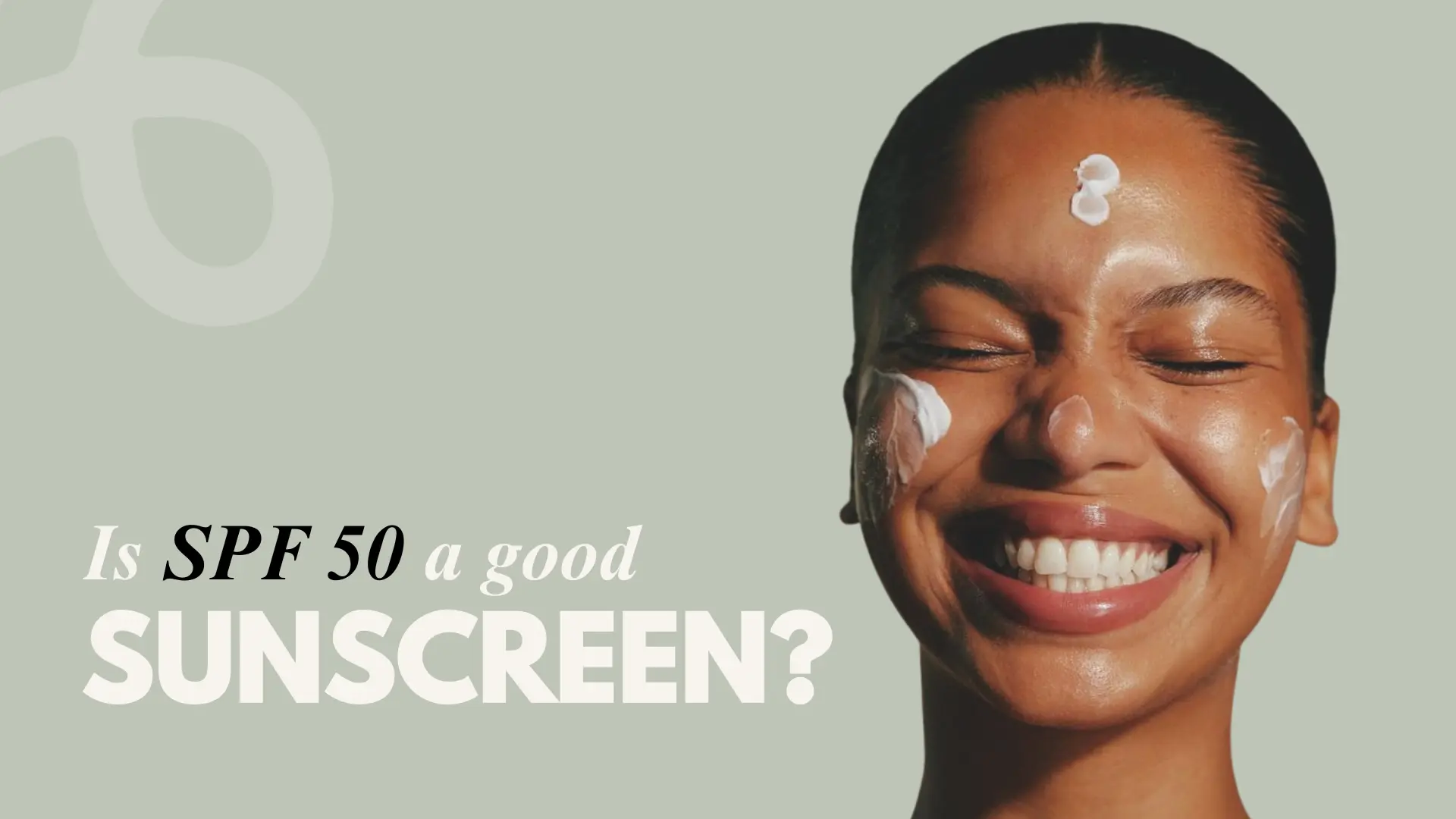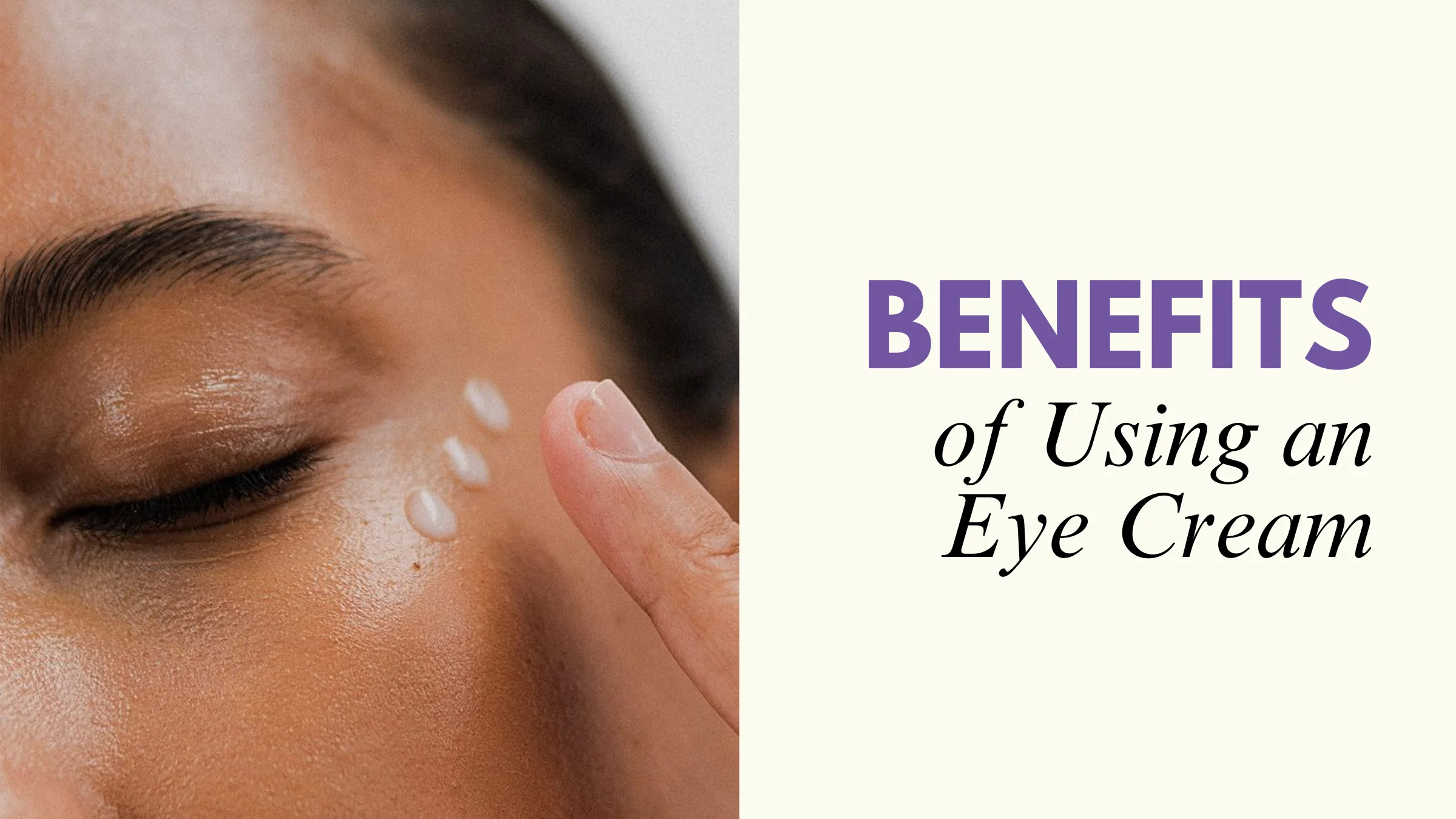Is spf 50 good ?
Yes, sunscreen with SPF 50 is generally considered good and offers a high level of protection against UVB rays, blocking about 98% of them. However, it’s important to remember that even with high SPF, proper application and reapplication are crucial for effective sun protection.
Here’s a more detailed breakdown:
SPF and Protection:
- SPF (Sun Protection Factor) indicates how long a sunscreen will protect your skin from sunburn compared to unprotected skin.
- While SPF 50 blocks about 98% of UVB rays, the difference in protection between SPF 30 and SPF 50 is relatively small.
- SPF 30 blocks about 97% of UVB rays.
- The Skin Cancer Foundation recommends a broad-spectrum sunscreen with an SPF of at least 30 for daily use.
Benefits of SPF 50:
- Offers a higher level of protection, which can be beneficial for those with fair skin, those spending extended periods outdoors, or those engaging in activities with intense sun exposure.
- May provide an extra layer of protection, especially when proper application and reapplication are not always possible.
Importance of Proper Application:
- To get the full protection from any sunscreen, including SPF 50, it’s crucial to apply it liberally and evenly.
- Reapply sunscreen every two hours, or more frequently if swimming or sweating.
Beyond SPF:
- Look for broad-spectrum sunscreen that protects against both UVA and UVB rays.
- Consider water-resistant sunscreen, especially if you’re swimming or sweating.
- Remember to seek shade, wear protective clothing, and a hat, especially during peak sun hours.
SPF 30 is usually high enough
If you pick SPF 30 and reapply at least every two hours, George says you’ll be making a good choice. “A higher SPF might give you a little more wiggle room if you didn’t apply enough sunscreen, or you forgot to reapply,” says George. “But after a point, going higher doesn’t mean you are getting dramatically more protection.” Here’s why:
- To get the full SPF protection noted on the bottle, you need to apply the sunscreen liberally and evenly. “Most of us tend to under-apply our sunscreens so we’re not getting to the listed level of protection at any SPF,” George says.
- SPF rubs off and sweats off. “Sunscreen should be reapplied at least every two hours,” says George. “Even the highest SPF sunscreen won’t protect you when it wears off.”
Is spf 50 good for daily use?
Sunscreens with higher SPF numbers will generally offer more protection from UVB rays than products with lower SPF numbers. Let’s use SPF 30 vs. SPF 50 as an example. When you apply a sunscreen with SPF 30, it will help reflect and/or absorb approximately 97% of UVB rays. Meanwhile, a sunscreen with SPF 50 will help reflect and/or absorb about 98% of UVB radiation, per the Skin Cancer Foundation. There are also sunscreens that contain an SPF value higher than 50, going all the way up to SPF 100.
What’s the difference between SPF30 and SPF50+?
The SPF rating indicates the amount of UVB radiation that potentially reaches the skin if the sunscreen is applied according to directions. For example, SPF30 is estimated to filter 96.7% of UVB radiation with 1/30th (3.3%) of UV reaching the skin. SPF50 is estimated to filter 98% of UVB radiation with 1/50th (2%) reaching the skin. Both can provide excellent protection if they are applied properly.
SPF50+ sunscreen still needs to be applied liberally as with any other sunscreen – see our recommendations below on how to apply it properly.
Difference spf 30 and 50
SPF 50 stops up to 98% of UVB rays, as opposed to up to 96.7% provided by SPF 30. Protection levels above SPF 50 provide marginal additional coverage and no level of SPF can stop 100% of UVB rays. The SPF number indicates how long it might take you to get a sunburn after applying it, versus not wearing any at all. Following the example above: if you can spend 10 minutes in the sunlight without burning, a lotion with SPF30 will multiply this “self-protection time” by 30 to equal 300 minutes, and a lotion with SPF50 will equal 500 minutes. That said, this is only an estimate as each person’s skin takes a different amount of time to burn, and other factors can be at play such as the weather, skin type, and geographic location.
Choosing between SPF 30 and SPF 50
When it comes to choosing between SPF 30 and SPF 50, it’s essential to consider your individual needs and circumstances. Factors such as your skin type, the intensity of the sun in your environment, and the duration of your sun exposure should all be taken into account.
Is spf 30 better than 50?
SPF 30 is generally recommended for daily use and is suitable for most individuals in typical sun exposure scenarios. It offers a good balance between protection and ease of use, making it a popular choice for everyday activities such as running errands, commuting, or spending limited time outdoors. However, keep in mind that its effectiveness diminishes over time, so reapplication is crucial, especially after sweating or swimming.
Is spf 50 better than spf 30?
SPF 50 is particularly recommended for individuals with fair or sensitive skin that tends to burn easily. It is also suitable for those planning to spend extended periods in direct sunlight or engaging in activities that involve intense sun exposure, such as outdoor sports or beach vacations. Additionally, SPF 50 may be preferred by individuals who want an extra level of protection or who are more cautious about their sun exposure.
FAQ
1 Is 50 SPF sunscreen good for daily use?
Whenever you’re outside for more than an hour, I recommend SPF 50,” she says. “So, SPF 30 is good for daily use, but if you’re outside for an extended period, I recommend SPF 50.
2 Is SPF 50 or 30 sunscreen better?
While both SPF 30 and SPF 50 sunscreens offer good protection, SPF 50 generally provides slightly higher UVB protection. SPF 30 blocks about 97% of UVB rays, while SPF 50 blocks around 98%. The difference is small, but it can be noticeable for individuals with sensitive skin or those who experience frequent sunburns.
3 What does SPF 50 PA++++ mean?
SPF 50 PA++++ on a sunscreen label indicates a high level of protection against both UVB and UVA rays. SPF 50 means the sunscreen blocks 98% of UVB rays, which are primarily responsible for sunburns, while PA++++ represents the highest level of UVA protection, shielding against the UVA rays that can cause premature aging and skin damage.
4 Should I use SPF 30 or 50?
For most daily activities in Bengaluru, an SPF 30 sunscreen is generally sufficient. However, if you spend extended periods outdoors, have sensitive skin, or are prone to burning, SPF 50 might provide extra peace of mind.
5 Is SPF 50 good for oily skin?
Yes, SPF 50 is generally considered a good choice for oily skin, as it offers high protection against UV rays. However, it’s important to choose a sunscreen specifically formulated for oily skin, often labeled as oil-free or non-comedogenic, to avoid exacerbating shine or clogging pores.



